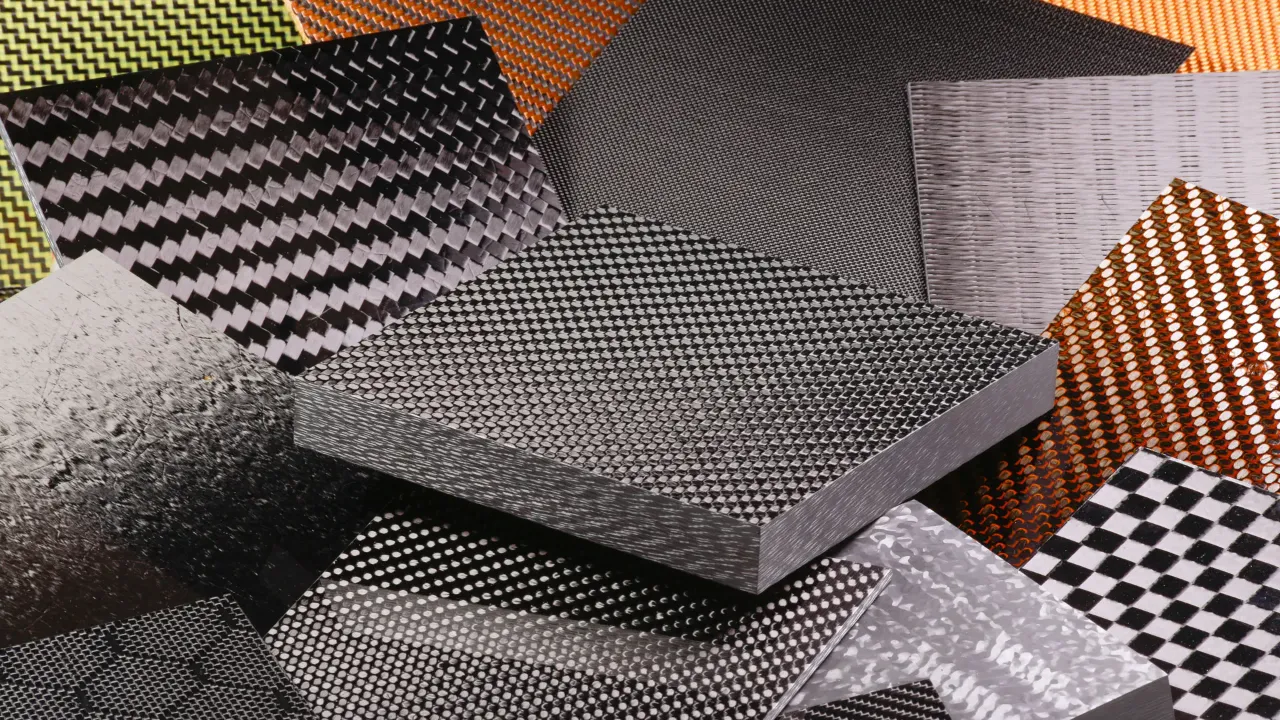Carbon Fiber Compression Mold: High-Performance Composite Forming Technology
- Suase /
- SUASE NEWS
With the widespread application of high-performance composite materials, carbon fiber products are now extensively used in aerospace, automotive manufacturing, rail transit, sports equipment, and more. As the key medium for shaping these products, carbon fiber molds play a vital role in the forming process. So, can carbon fiber be molded using molds? The answer is yes. This article explores various aspects of carbon fiber molding, covering professional topics such as “composite carbon fiber molds,” “carbon fiber mold fabrication,” “carbon fiber molding processes,” “carbon fiber mold design,” and “carbon fiber mold manufacturers.”
Composite Carbon Fiber Molds: Material Foundation
Carbon fiber products are classified as composite materials and require a high-temperature, high-pressure environment and specialized molds for forming. Molds used for carbon fiber components are typically made of high-strength steel, aluminum alloys, graphite, glass fiber prepreg (GFRP), or even carbon fiber itself. These mold materials must have characteristics such as high-temperature resistance, excellent thermal stability, chemical resistance, and a low coefficient of thermal expansion to withstand the heat and pressure during resin curing.
What Molding Methods Can Carbon Fiber Molds Achieve?
Common forming methods for carbon fiber products include:
- Compression Molding: Carbon fiber fabric is layered in a heated mold and cured using a press or autoclave.
- Vacuum Bag Molding: Prepreg carbon fiber is placed in a mold, covered with a vacuum bag, and cured under vacuum and heat.
- Carbon Fiber Autoclave Molding: This aerospace-grade process uses an autoclave to apply high temperature and pressure, ensuring high density and strength of the final product.

Basic Process of Carbon Fiber Mold Fabrication
A high-quality carbon fiber mold fabrication process typically includes the following steps:
- Mold Design: Based on product structure and forming process, including thermal analysis and structural optimization.
- Material Selection: Choosing suitable mold materials such as aluminum alloy, graphite, or GFRP.
- Mold Machining: High-precision CNC machining ensures accurate mold surface geometry.
- Surface Treatment: Surface polishing, mold release agent application, or chrome plating to improve surface quality and release performance.
- Mold Trial and Optimization: Trial forming is performed to verify product consistency and fine-tune mold structure if necessary.
Key Considerations in Carbon Fiber Mold Design
Excellent carbon fiber mold design must consider not only geometry but also thermal deformation, resin flow paths, draft angles, and fixture positioning. The design should match the intended molding process (such as autoclave or compression molding) and include allowances for mold release and heating element placement.
How to Choose a Professional Carbon Fiber Mold Manufacturer?
Choosing an experienced carbon fiber mold manufacturer is critical. A reliable supplier should offer the following capabilities:
- Provide integrated solutions from design to machining
- Possess large-scale 5-axis machining capabilities
- Familiarity with various thermoset composite molding processes
- Offer mold maintenance and after-sales services
In China, more and more specialized manufacturers such as cn-frp are delivering customized carbon fiber mold machining services to sectors like aerospace, rail transit, and new energy.
Carbon Fiber Autoclave Molding: Advantages and Challenges
Carbon fiber autoclave molding technology is widely used for manufacturing high-performance composite products, especially in the aerospace industry. Its advantages include:
- Improved product density and mechanical performance
- Reduced porosity and enhanced surface quality
- Capability to form complex structures in a single cure cycle
However, this process places extremely high demands on mold design, as molds must withstand temperatures of at least 120°C–180°C and pressures exceeding 5 bar.
Conclusion: Carbon Fiber Shaping Depends on High-Performance Molds
In conclusion, carbon fiber can indeed be molded using molds, and the quality of the mold is crucial. From product design to molding processes and autoclave molding execution, every stage relies on the technical expertise and experience of professional teams. When selecting a carbon fiber mold manufacturer, companies should assess their capabilities and industry references to ensure the final product meets the desired standards of structural integrity, high performance, and reliability.
